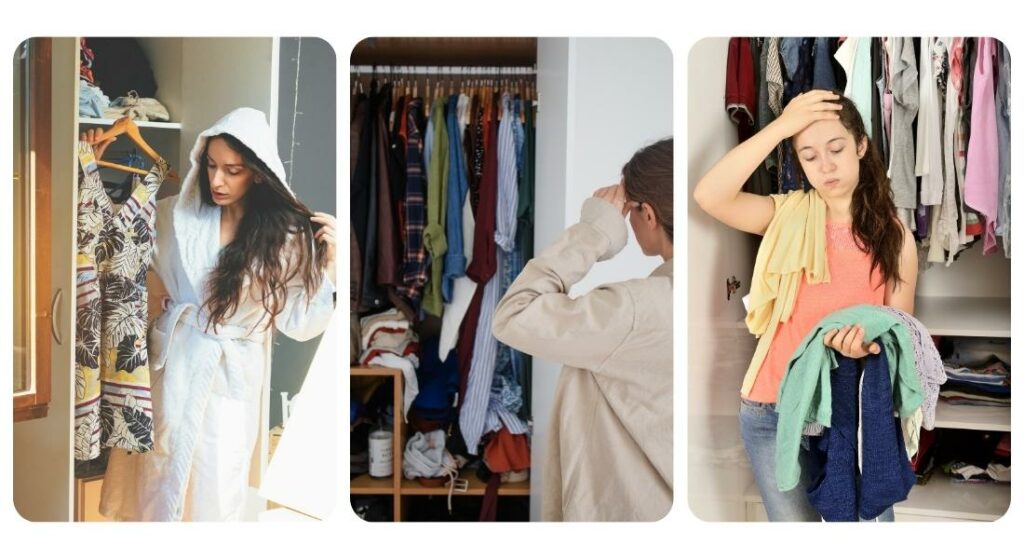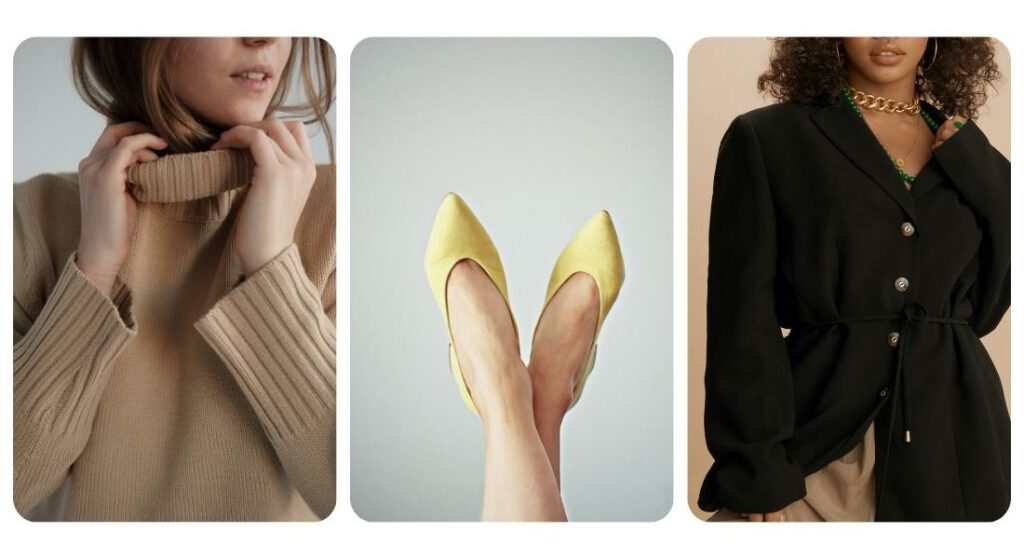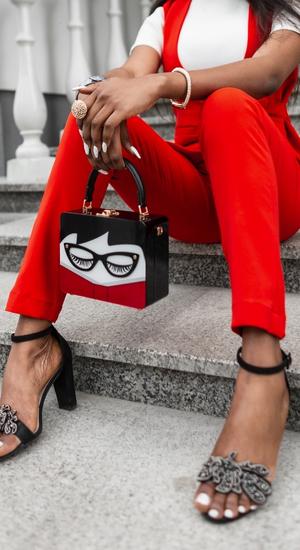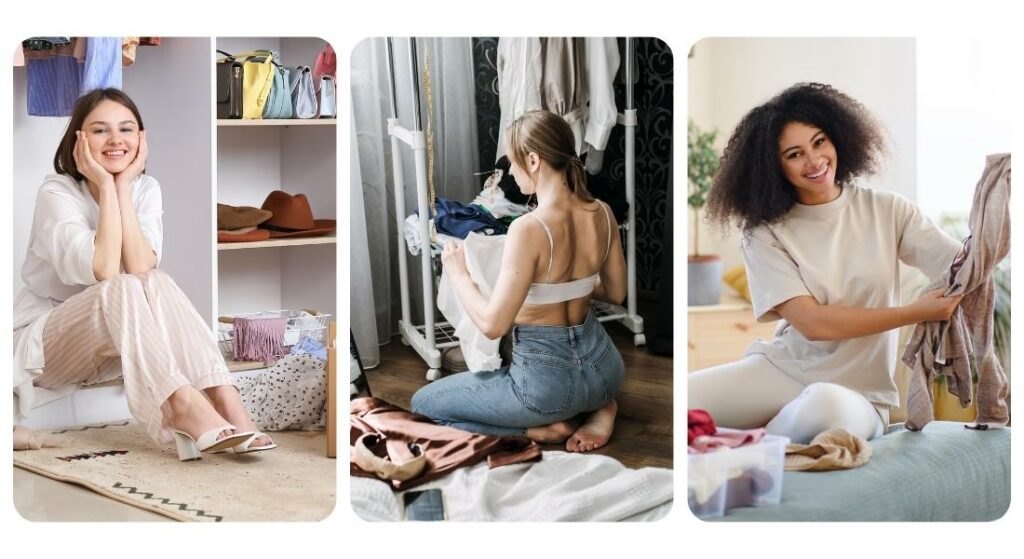Why We Favor Few Over Many: The 80/20 Wardrobe Rule

Did you ever stand in front of your wardrobe, a collection brimming with options, and reach for the same comfortable outfit again and again?
There is a conundrum many face, and it goes beyond comfort and familiarity. The 80/20 Wardrobe Rule governs a hidden pattern, a subconscious choice we make. According to this intriguing principle, 80% of us consistently wear just 20% of our clothes for 80% of the time, regardless of the amount of clothing we possess.
What’s behind this fascinating behavioral pattern? Is it merely comfort, a feeling of emotional connection, or does the societal definition of ‘trendy’ influence our choices? You might just discover insights that will revolutionize the way you view your wardrobe and your fashion choices as we explore this stylish mystery. Get ready for an adventure that’s as much about self-discovery as it is about style.
Table of contents
Examining the 80/20 Wardrobe Rule
Many of us are familiar with the Pareto Principle, even if we haven’t heard it called that before. According to this principle, 80% of effects result from 20% of causes. As a result, we find ourselves wearing a mere 20% of our clothes for the majority of the time, or approximately 80% of the time, in the world of fashion. It might seem like a mere coincidence or a quirk of human nature, but there’s more to it than meets the eye.

Psychological Factors Behind Our Clothing Choices
- Emotional Connections: Clothing isn’t just about covering oneself; it’s deeply personal. Each piece in our wardrobe often carries memories, experiences, or sentiments. That dress you wore on a first date or the shirt you had on during a job interview that went particularly well — these items become more than just fabric; they become part of our story.
- Comfort and Familiarity: It’s in our nature to seek comfort. This extends to our clothing choices. We often gravitate towards items we know fit well, feel good against our skin, and boost our confidence. Over time, these pieces become our go-to options, often sidelining other favorites.
- Decision Fatigue: The more choices we have, the more exhausting it becomes to make decisions. It’s easier to pick something we’ve worn before and know we’ll feel good in than to rummage through piles and hangers of clothes every morning.


The Impact of Social Influences on Our Wardrobe Choices
- Trend Following: In today’s digital age, we’re constantly bombarded with ‘trending’ styles and ‘must-have’ items. Even though we may buy pieces influenced by current trends, we might not always feel comfortable with them, leading us to neglect them.
- Peer Influence: It’s human nature to want to fit in. Often, our clothing choices are influenced by our peers, friends, or even celebrities we admire. However, these influences can lead us to make purchases that don’t necessarily resonate with our personal style.
- The Desire for Approval: The rise of social media platforms, where every outfit can be a statement, has amplified our desire for approval. We might repeat outfits that have garnered compliments or likes, even if it means ignoring the majority of our wardrobe.
Environmental Dynamics and the 80/20 Wardrobe Rule
Our surroundings and environment greatly influence our clothing choices, often more than we realize.
- Seasonal Changes: While it seems obvious, seasons dictate our wardrobe rotation. Wool sweaters for winter and breezy dresses for summer. However, within each season, we tend to have favorites, leading to the overuse of some and neglect of others.
- Practicality and Utility: Where we live, work, and how we commute can significantly influence our clothing choices. Someone using public transport might prefer comfortable shoes over heels. Someone working in a corporate environment might lean heavily towards formal attire, leaving casual clothes for the weekends.
- Climate and Care: Certain fabrics and clothing types require more care or aren’t suitable for specific climates. Delicate items that need hand-washing or clothes that don’t fare well in humid conditions might get pushed to the back of the wardrobe.

The Real Cost of the 80/20 Rule: Beyond the Closet
The 80/20 rule extends beyond a cluttered wardrobe or repetitive fashion choices.
- Financial Implications: Constantly buying expensive clothes only to wear a fraction of them drains our wallets. Those impulse purchases or ‘sale’ shopping sprees add up, and when we only wear 20% of what we buy, we aren’t getting our money’s worth.
- Environmental Impact: The fashion industry is one of the major polluting industries. We contribute to fast fashion demand by not using much of our wardrobes. This not only leads to waste but also has a severe environmental footprint in terms of water consumption, pollution, and waste.
- Space and Clutter: An overstuffed wardrobe can lead to cluttered spaces, making it hard to organize and leading to the ‘I have nothing to wear’ syndrome despite having a wardrobe full of clothes.
Making Sustainable Fashion Choices: Steps to a Diverse Wardrobe
The 80/20 Wardrobe Rule and its implications are just the beginning. To maximize both diversity and sustainability in our wardrobes, let’s focus on actionable steps.
- Wardrobe Audit:
Begin with a thorough assessment. Lay out all your clothes and categorize them. This visual representation will help you identify neglected items and might even rekindle your love for pieces you’ve forgotten. - Mix and Match Challenge:
Challenge yourself each week to create outfits using items you haven’t worn in a while. This revamps your style and fosters creativity in dressing. - Capsule Wardrobe Approach:
Consider adopting a capsule wardrobe. This minimalist approach focuses on a limited number of versatile, timeless pieces that can be mixed and matched, reducing impulsive buys. - Mindful Shopping:
Before purchasing, ask yourself if you truly need the item. Opt for quality over quantity and consider each piece’s longevity and versatility. - Seasonal Rotation:
Organize your wardrobe seasonally. This ensures that you’re only presented with season-appropriate choices, reducing the overwhelming feeling of having “too many” options. - Donate or Recycle:
If you haven’t worn items in over a year, consider donating or recycling them. This not only declutters your space but also ensures clothes are put to better use. - Stay Informed:
Educate yourself about sustainable fashion brands and the fashion industry’s environmental impact. Making informed choices can drastically reduce your environmental footprint.


Here’s how to resolve your wardrobe woes: Addressing common concerns
Despite the appeal of maximizing the use of our wardrobe, many find it challenging to do. Our goal is to help you overcome these hurdles by addressing common concerns and offering solutions.
- “I feel overwhelmed with the choices.”
Solution: Start with baby steps. Dedicate one day a week where you wear something you haven’t in a while. Gradually increase the frequency as you become more confident. - “I’m unsure how to style certain pieces.”
Solution: Seek inspiration. Platforms like Pinterest or Instagram offer styling ideas. Alternatively, consider consulting a fashion-savvy friend or hiring a stylist for a session. - “Some clothes don’t fit me well anymore.”
Solution: Tailoring works wonders. Instead of discarding items that don’t fit perfectly, consider altering them. This saves money and is environmentally friendly. - “I bought some items on impulse, and they don’t resonate with my style.”
Solution: Organize a swap party with friends or consider selling them on platforms like Poshmark or Depop. This way, they find a new home, and you can invest in pieces that truly reflect your style.

FAQs: Answering Your Wardrobe Queries
Look for brands that are transparent about their production processes, use sustainable materials, and have ethical labor practices. Certifications like Fair Trade or OEKO-TEX can also be indicators.
It’s natural to have emotional attachments. Consider repurposing them. For instance, an old shirt can be turned into a cushion cover. Alternatively, store sentimental items separately, so they don’t crowd your daily wardrobe choices.
A bi-annual audit, preferably at the change of major seasons (spring and fall), can keep your wardrobe fresh and relevant.
The Journey to a Conscious Wardrobe
There is more to the 80/20 Wardrobe Rule than just a quirky observation; it reflects our habits, influences, and choices. Understanding this rule allows us to gain insight into our outfit behaviors and make more conscious, sustainable, and diverse fashion choices.
Recap of Key Insights:
- Understanding the Rule: The 80/20 Wardrobe Rule, rooted in the Pareto Principle, highlights our tendency to favor a minority of our clothing.
- Digging Deeper: Various factors, from psychological connections to societal influences and environmental circumstances, play a role in our wardrobe decisions.
- The Bigger Picture: Beyond personal style, clothing habits have financial and environmental implications.
- Taking Charge: With actionable steps like wardrobe audits, mindful shopping, and embracing sustainable fashion, we can break free from the 80/20 rule.
Fashion is an ever-evolving realm, and our wardrobe is a canvas of our personality, preferences, and values. As we step into a world increasingly leaning towards sustainability and conscious choices, understanding and adapting to our wardrobe habits becomes paramount.
A Final Thought: Your wardrobe is more than just a collection of fabrics and patterns; it’s a reflection of your journey, choices, and, ultimately, yourself. Isn’t it time we gave every piece its due?
Are you ready to embrace a more diverse and sustainable wardrobe? Start today, and share your journey with us. Share your experiences, challenges, and triumphs as you navigate the world of fashion with renewed insight. And if you find this guide valuable, share it with your friends and inspire change!

Read More: Resources and Further Reading
The topics of fashion, sustainability, and personal choices are complex and multifaceted. To complement our discussion on the 80/20 Wardrobe Rule, we’ve curated a list of resources and readings.
1. Books on Sustainable Fashion:
- “Fashionopolis: The Price of Fast Fashion and the Future of Clothes” by Dana Thomas – A deep dive into the fashion industry’s workings and its environmental impact.
- “Overdressed: The Shockingly High Cost of Cheap Fashion” by Elizabeth L. Cline – An eye-opening look at fast fashion’s true costs.
2. Online Tools and Platforms:
- Good On You – An ethical brand rating platform to help you make informed fashion choices.
- The Slow Factory – Educational platform offering insights on sustainable fashion and practices.
3. Articles and Blogs:
- “The Environmental Impacts of Fast Fashion” – A comprehensive article discussing the ecological footprint of the fashion industry.
- “The Psychology Behind Clothing Choices” – Understand the psychological factors that influence our fashion choices.
4. Workshops and Courses:
- “Sustainable Fashion Courses Online” – A range of courses for those looking to truly immerse themselves in sustainable fashion, from understanding materials to ethical design.
Fashion is not just about aesthetics; it’s a statement of our values, awareness, and choices. By arming ourselves with knowledge and the right resources, we can make decisions that are stylish, sustainable and ethical.


